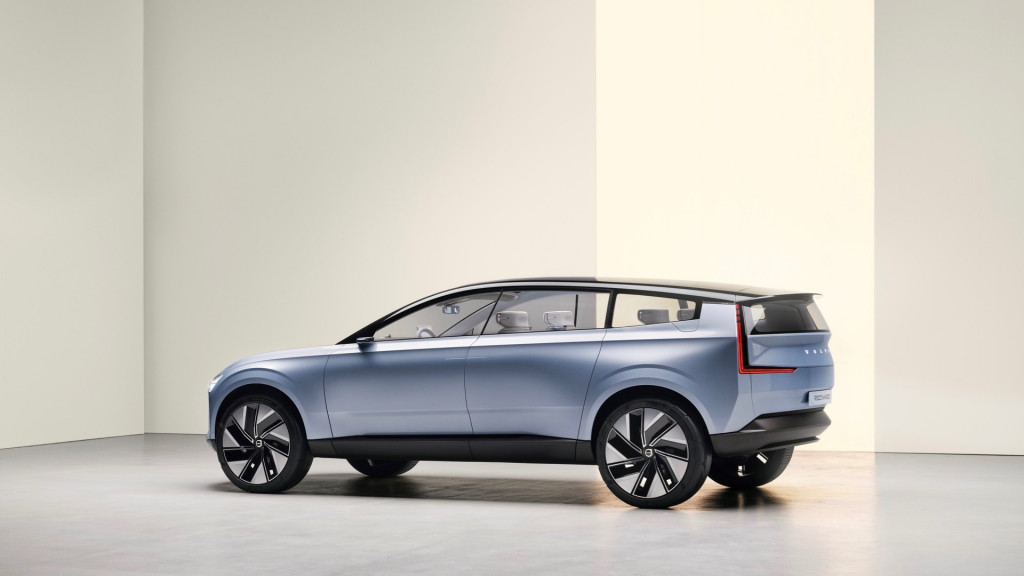Volvo is funding a tech startup with the aim of potentially turning car windshields into massive head-up displays.
The Swedish automaker has invested an undisclosed amount in optical and imaging technology firm Spectralics, through its Volvo Cars Tech Fund venture capital arm.
Israel-based Spectralics has developed what the startup calls a multi-layer thin combiner (MLTC). It's a film that can be applied to transparent surfaces—like windshields.
The MLTC film allows images to be projected onto surfaces, potentially creating a large head-up display where virtual objects are layered on top of the real-life view out the windshield, Volvo claims. This could create a more immersive version of the augmented-reality head-up displays we've already seen in the 2021 Mercedes-Benz S-Class.

Volvo Concept Recharge
Other potential uses include filters for different applications, in-cabin sensing, projecting images from forward-facing cameras to reduce blind spots, and holographic projections, Volvo said.
Volvo didn't discuss when this technology might be ready for commercialization, or any concrete plans to use it in production cars. But an investment could be the start of a longer-term partnership that could see future Volvos equipped with MLTC tech.
The automaker previously invested in Silicon Valley-based lidar company Luminar, and confirmed in 2020 that roof-mounted Luminar lidar sensors will be used in production cars beginning in 2022. The first cars to get lidar will be based on the upcoming SPA2 architecture.
Volvo previously said the next-generation XC90 will launch SPA2 when it debuts in 2022. The automaker has also confirmed an electric XC90, although gasoline and plug-in hybrid powertrains may continue as well.